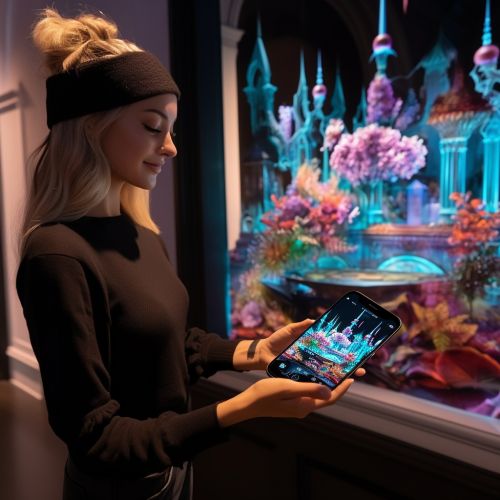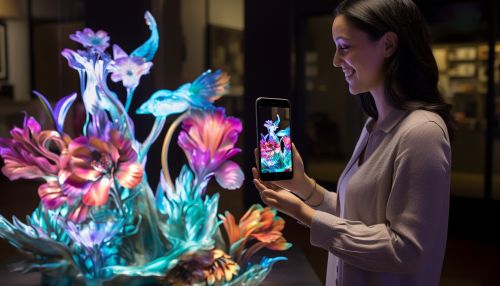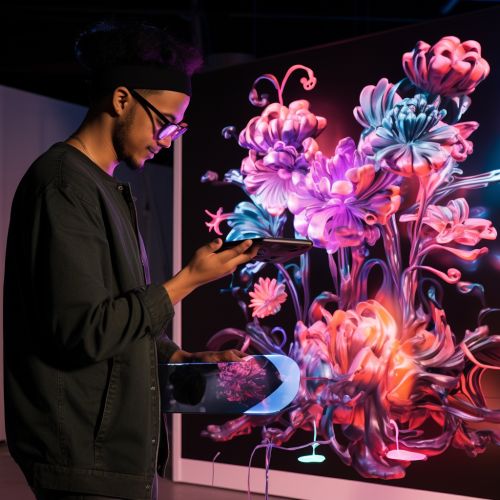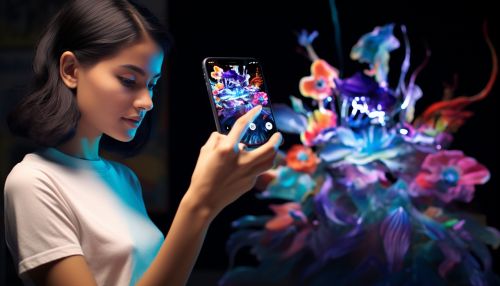Augmented Reality Art
Overview
Augmented reality (AR) is a technology that overlays digital information onto the real world, providing a composite view to the user. In the realm of art, this technology has been harnessed to create immersive and interactive experiences, known as augmented reality art. This form of art combines the physical and digital worlds, allowing viewers to interact with artworks in ways that were previously impossible.


History and Evolution
The concept of augmented reality has been around since the early 20th century, but it wasn't until the late 20th century that it began to be used in art. The first instances of augmented reality art can be traced back to the 1990s, when artists began experimenting with the technology as a new medium for artistic expression.
The evolution of AR art has been closely tied to the development of AR technology. As the technology has advanced, so too has the complexity and sophistication of AR art. Early AR art pieces were relatively simple, often consisting of basic 3D models overlaid onto the real world. However, as AR technology has improved, artists have been able to create more complex and immersive artworks.
Techniques and Tools
Creating augmented reality art involves a combination of traditional art techniques and digital technology. Artists first create a physical artwork, which can be anything from a painting to a sculpture. They then use AR technology to overlay digital elements onto the physical artwork. These digital elements can be 3D models, animations, sound effects, or even interactive elements that respond to the viewer's actions.
There are several tools available for creating AR art. These include AR software development kits (SDKs) such as Unity and Unreal Engine, which allow artists to create and manipulate digital elements. There are also AR platforms like Apple's ARKit and Google's ARCore, which provide the technology needed to overlay digital elements onto the real world.
Impact on Art and Society
Augmented reality art has had a significant impact on both the art world and society as a whole. It has opened up new possibilities for artistic expression, allowing artists to create immersive and interactive artworks that engage viewers in unprecedented ways.
In society, AR art has the potential to make art more accessible and engaging. By overlaying digital elements onto the real world, AR art can bring artworks to life in the viewer's own environment. This can make art more relatable and engaging, particularly for younger generations who are accustomed to digital technology.
Future of Augmented Reality Art
The future of augmented reality art looks promising. As AR technology continues to advance, artists will be able to create increasingly complex and immersive artworks. There is also the potential for AR art to become more mainstream, as AR technology becomes more widely available and accessible.


